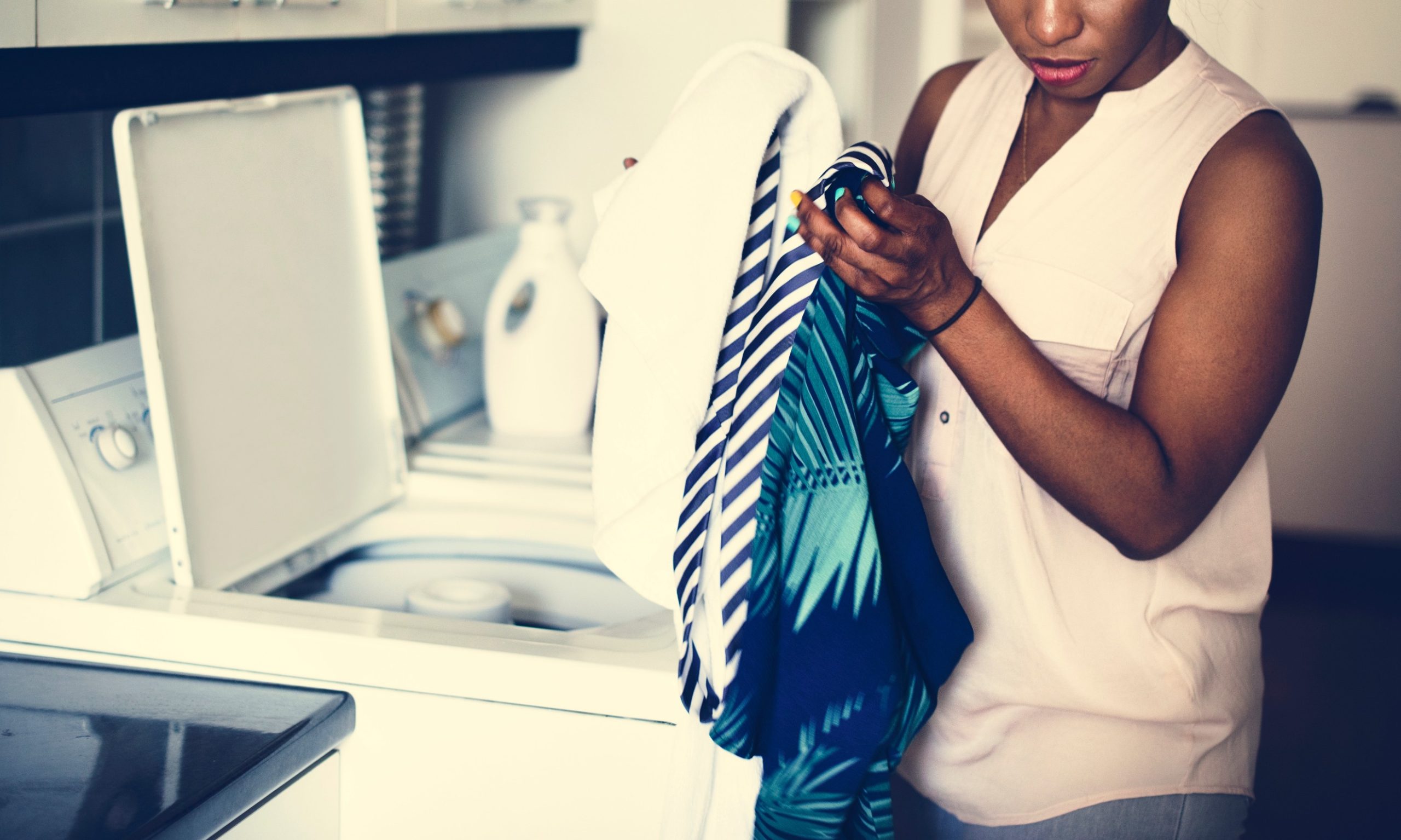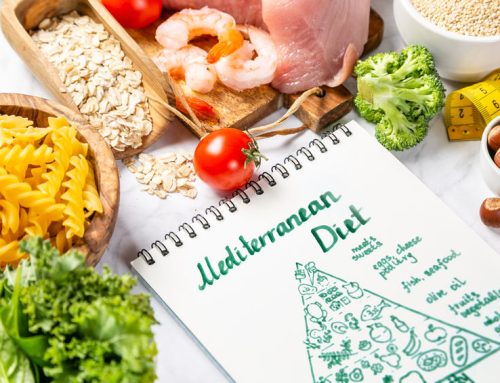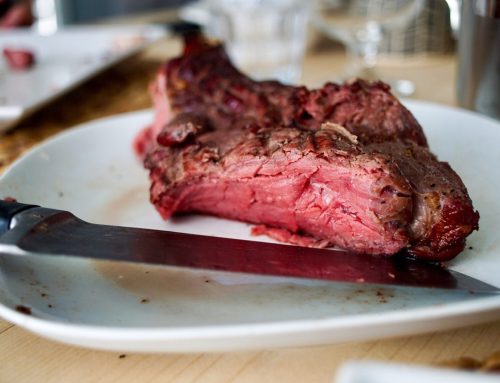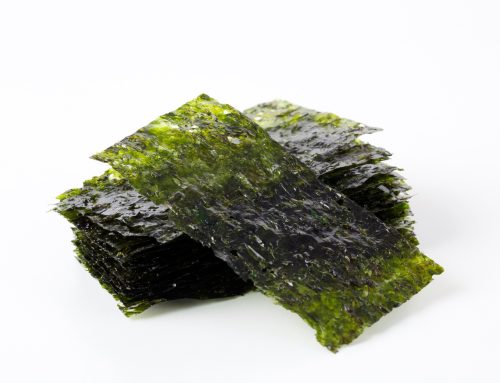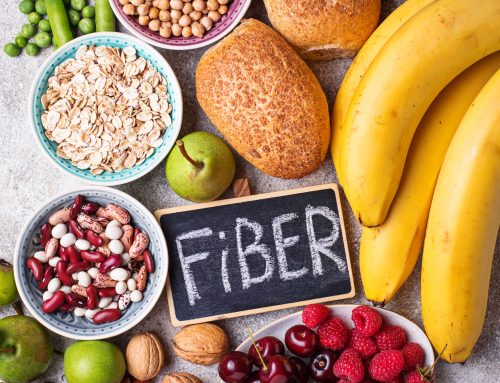What is NEAT? It’s a way to get healthier without even going to a gym.
If anyone asked if I get enough exercise, my answer would be unequivocal: Yes, I make a point of carving out time to sweat, get my heart pumping and move around. It is a sometimes overlooked source of metabolic health.
So, exactly what is NEAT? It’s a concept that goes by the name non-exercise activity thermogenesis, or NEAT, for short.
This is essentially all the calories that a person burns through their daily activity excluding purposeful physical exercise. Think of the low-effort movements that you string together over the course of your day – things like household chores, strolling through the grocery aisle, climbing the stairs, bobbing your leg up and down at your desk, or cooking dinner.
“The fact there’s so many things in part explains why it’s so difficult to study, because how on earth do you measure everything?” says Dr. James Levine, an endocrinologist who pioneered research on NEAT while at the Mayo Clinic and now heads the nonprofit Foundation Ipsen.
But researchers have made progress understanding how NEAT works – and how we can tap into its benefits. They’ve learned that even small behaviors changes can amplify or diminish how much NEAT you get, and this can shape your health in powerful ways.
They’ve also found that people of the same size can have dramatically different levels of NEAT, based on factors like their job and where they live, as well as their biological drive to get up and move around.
What’s clear is that many of us who live screen-based lives have the capacity to inject more NEAT into our daily rhythms, not necessarily through seismic changes in our lifestyle, but small-scale ones that mostly just require a shift in mindset.
What is NEAT?
NEAT fills in the slack in your energy expenditure. Much of our daily energy expenditure is relatively fixed. More than half of those calories goes toward supporting basic bodily functions, what’s known as our basal metabolic rate.
• “That’s for the most part not modifiable,” explains Seth Creasy, an exercise physiologist at the University of Colorado Anschutz Medical Campus. “There are some things that can maybe change your basal metabolic rate, but not drastically.”
• Digesting and metabolizing food takes up another sliver of our daily energy, roughly about 10%, and likewise cannot be changed significantly.
• “That leaves the remaining 30% to 40% for all your activity,” says Colleen Novak, a neuroscientist whose lab studies NEAT at Kent State University.
• That’s where NEAT comes in – moving around as you go about your day can chip away at that remaining slice of the energy pie.
• And even among those who do exercise regularly, NEAT usually plays a bigger role in calorie burning than working out.
It’s not that NEAT should be considered a substitute for more structured bouts of intense physical exercise, which has its own well-established health benefits. But revving up NEAT can be more accessible for some people, especially those who don’t exercise as much, if at all.
“Sometimes it’s hard to carve out 30 to 60 minutes of your day to do an exercise routine,” says Creasy. “These little behaviors can accumulate and end up comprising a lot of energy expenditure.”
Common daily activities can increase your NEAT by surprising amounts
Long before the advent of the Apple Watch, Levine began picking apart the energetic costs of daily activities, performing tightly controlled experiments involving body sensors and other technology to understand the implications for metabolic health.
He explains that sitting up as you would at the computer only burns about 5% to 7% more calories than if you were lying down at rest. Fidgeting excessively while seated can bring that up a few percentage points.
“If I then start to move around, let’s say ironing or folding up clothes, I can move that to 15%,” he says. “But it all changes the moment I start to walk.”
Just strolling about one and a half to two miles an hour — the speed people tend to go while shopping — can double your metabolic rate.
All of this starts to give a sense of how seemingly trivial movements, like walking to the corner store, or mowing the lawn, can add up to make a big difference over the course of the day. Even chewing gum can go a surprisingly long way (about 20 calories an hour above your resting metabolic rate, according to Levine’s calculations.)
It’s a simple idea at its core: Inject mobility — ideally whatever gets you walking around — into what would otherwise default into sitting time.
Keeping your NEAT levels up has long-term health benefits
It’s not all about weight. Being sedentary is associated with a range of health problems independent of obesity, from cardiovascular disease to joint problems to mental health issues.
Keeping yourself moving is all the more important as we age, says Todd Manini, an epidemiologist who researches physical activity and aging at the University of Florida.
In one study, Manini tracked how much energy about 300 older adults expended from physical activity, including exercise, over about two weeks.
This snapshot of their daily energy expenditure helped predict the risk of being alive or dead about seven to 10 years later. For every 287 calories a person burned per day, there was about a 30% lower chance of dying.
“We immediately thought that the people in this higher group would be the all-stars of exercising,” says Manini, “But that wasn’t the case at all.”
It turned out those who were less likely to die didn’t exercise more than others, it seemed to be the NEAT in their lives. “They were more likely to have stairs where they live and were more likely to volunteer,” he says.
“Those things we don’t equate to exercise, but it is movement,” he says.
“The power of NEAT is that it’s available to absolutely everybody,” Levine says. “We can all do it and we can all do a little bit more.”
Click here to learn more about what is NEAT.


